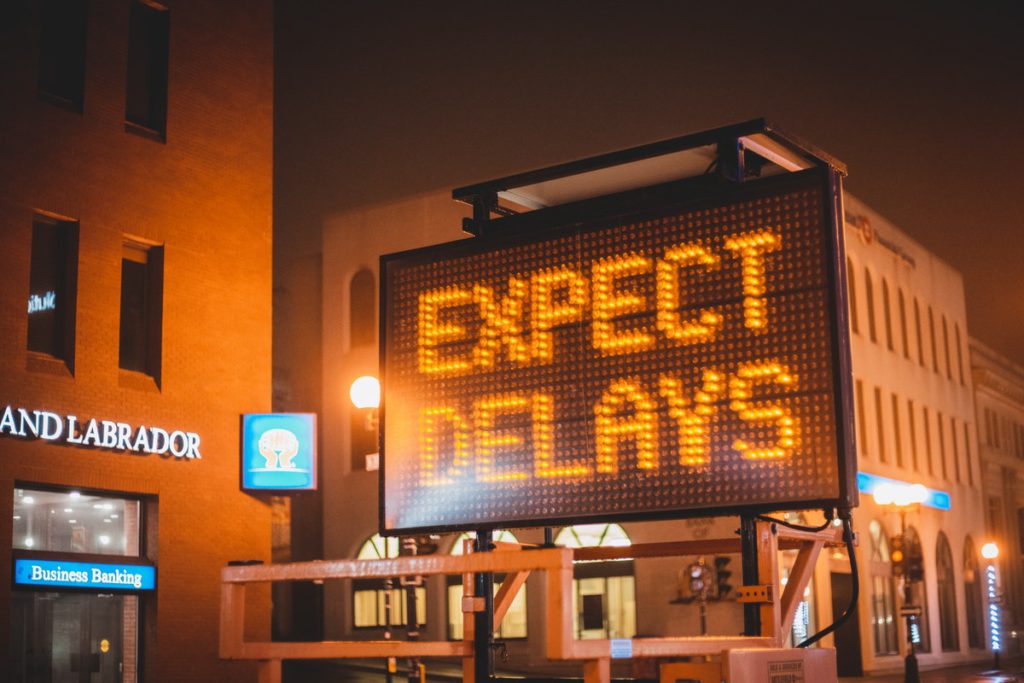How To Get A Road Traffic Authority?

Traffic control signs are placed by the agency that is responsible for maintaining your street. Traffic engineers assess the volume of vehicles entering and intersection on all approaches, as well as the volume of pedestrians using the intersection. OSTA and DOTs Traffic Engineering Department work closely with a town/city local transportation authority to identify requirements for road improvements along with a Certificate of Operation.
The OSTA, in conjunction and agreement with the Local Traffic Authority of a town, can prohibit the through-traffic of trucks on any streets or highways. A sign that reads “No Through Trucks” may not affect most trucks using any given street within the town/city, as long as they are local destinations. DOT does not allow for use of rearview mirrors, or blind turn signs, on state highway rights-of-way.
A valid driver’s license is required to operate any motor vehicle on a public highway, per the Motor Vehicle Act of 1988. You can obtain your certificated driving record from the Motor Vehicles Service Authority, Department of Transport and Public Works. You can obtain an Online Driving Abstract from the Ministry of Road Transportation.
Your records can be obtained from Bangladesh Highways Department. You can get the account statement from Road Transit and Transport Authority to date. Contact the Registration Authority (RA) to inquire about the cost of the Certificate of Registration No. The forms to apply and the notification regarding Traffic Register Numbers are available from the registering authority.
The traffic registration number is the primary identification number accepted in traffic transactions in the entities, both for foreigners and organisations acting as non-legal entities. You may apply in person at your municipalities traffic department for the Citizen Drivers Registration. You can get a Driving Record by applying to get your traffic conviction history from NZ Transport. For Uttar Pradesh, get a Driving Record Extract from the Uttar Pradesh Department of Transport, and check for any Traffic Violations or Chancels online here.
Try the central office, Secretariat of Transportation & Roads-Public Transit Registers Division, Federal Areas Administration, in the Bureau for Driving Licence & Permits, or check with the Department of Transit, Local Governments Ministry of Safety. From Saint Petersburg, you may try the State Safety Transportation Inspection – Affairs of St. Petersburg and Leningradskaya oblasts department. For further information about the Commercial Drivers License, please see the department’s manual. Farmers and drivers of authorized emergency vehicles, who are exempt from the requirement for commercial driver’s licenses, are required to obtain Class E driver’s licenses.
The international driving permit is valid for up to one year from the date it is issued, and must always be accompanied by a valid U.S. driver’s license. The DOT, by regulation, is required to use the Federal Publication, Manual of Uniform Traffic Control Devices (MUTCD), when operating roads open to public travel. The Transit Authority has all powers as municipal parking authorities, under the General Provisions of the Connecticut General Statutes, Chapter 100, as amended. The Roads and Transport Authority (RTA) is a department of the Government of NSW, tasked with major highway infrastructure, the licensing of drivers, and the registration of motor vehicles.
 The Roads & Traffic Authority was responsible for the registration of vehicles (including issuing of vehicle registration plates) and licensing of drivers in NSW, including the testing and administration of licenses. In January 1989, the Department of Main Roads, Department of Motor Transport, and the Transport Authority were merged to form the Roads and Traffic Authority, by Transport Management Act, No. The Roads and Transport Authority can issue an eCertificate from RTA Online. You must first contact your county Public Works Department in the county in which the road is located.
The Roads & Traffic Authority was responsible for the registration of vehicles (including issuing of vehicle registration plates) and licensing of drivers in NSW, including the testing and administration of licenses. In January 1989, the Department of Main Roads, Department of Motor Transport, and the Transport Authority were merged to form the Roads and Traffic Authority, by Transport Management Act, No. The Roads and Transport Authority can issue an eCertificate from RTA Online. You must first contact your county Public Works Department in the county in which the road is located.
It reviews transportation impacts for new commercial and residential developments via Traffic Impact Studies, supports the County Transportation Model, and supervises and executes the countywide Transportation Impact Fee (TIF) program. The Hawaii Department of Transportation has more information about the Plan, including public documents, letters to tenants, and a Q&A section, which is available for public viewing by clicking here. Click on this link to sign up to receive emails from HDOT about roadway projects and public notifications at airports, harbours, and freeways. The Hawaii Department of Transportation includes the county-by-county numbers of annual traffic fatalities in our “Safe Communities” page to help increase awareness.
The Administration is looking to emerging technologies to address transportation, environmental, and security challenges. The government is working together with the private sector on developing autonomous vehicles, as well as improving traffic information for drivers inside their cars. This will cut congestion and CO 2 emissions, as well as improve traffic safety. Achieving this within a few years is unfeasible, as this would require major improvements to both road networks and mass transit systems.
Traffic-calming measures must receive either 75% petition support or local approval, and they must comply with all of the requirements of the SCDOT before being approved by SCDOT. The local government that has jurisdiction over the region is required to sponsor any traffic calming efforts, including design, installation, and ongoing maintenance.
In larger towns/cities this might be the Professional Traffic Engineer, while in some towns/cities it might be the Police Chief or the First Selectman. State and local officials, and members of the public generally, are often not sure who to contact regarding a variety of traffic-related issues. Public Safety – Ensuring that our roads are safe for public use, using appropriate caution, and so that they are used in ways reasonably expected to be used.






